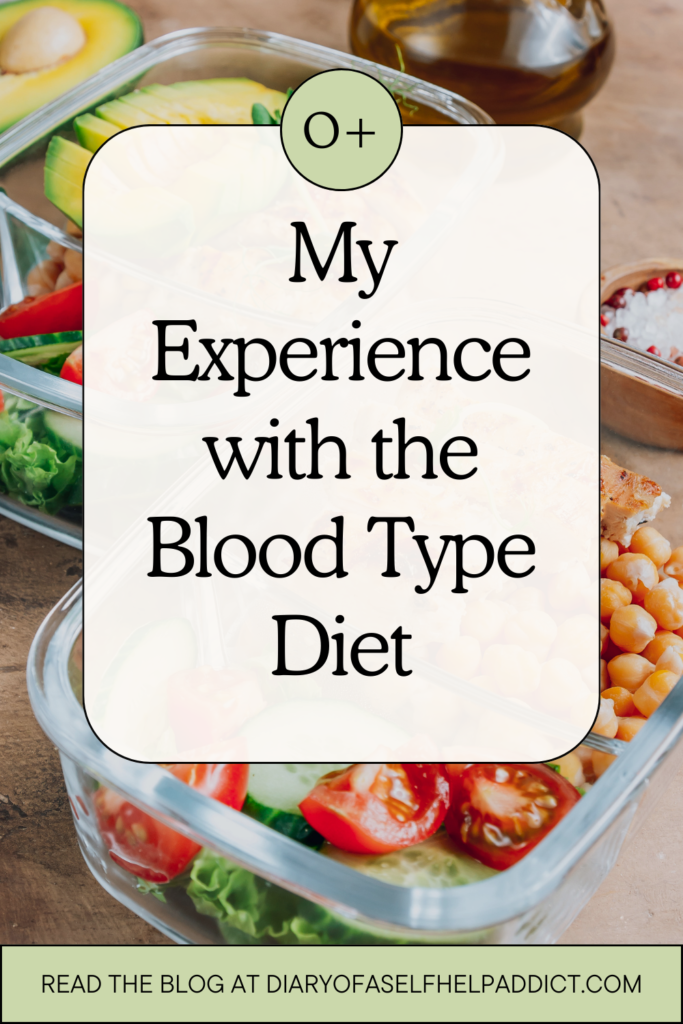
The concept of the Blood Type Diet has sparked plenty of interest, especially since it’s tailored to our unique genetic makeup, offering a personalized approach to nutrition. As an O blood type, I’ve found the Blood Type Diet insightful and challenging, especially given my longstanding preference for vegetables over meat, despite the diet recommending a high-protein intake for Type Os. Inspired by my functional medicine doctor’s suggestion, I decided to dive into this diet, created by Dr. Peter D’Adamo, a naturopathic physician and author of the bestseller Eat Right for Your Type.
While it can be difficult, my doctor believes this diet offers a scientific approach to eating based on blood type differences. Let’s delve into what the Blood Type Diet entails, the specifics for each blood type, my experience as an O type who loves veggies, and why this diet might be worth trying.
The Basics of the Blood Type Diet: Tailoring Nutrition to Your Blood Type
The Blood Type Diet teaches that each blood type evolved with specific dietary needs due to our ancestors’ lifestyle and environmental factors. It’s divided into four categories, each with unique nutritional guidelines:
- Type O: The oldest blood type, evolving from hunter-gatherers. It recommends following a high-protein diet focused on lean meats and fish while avoiding grains and dairy.
- Type A: Known as the agrarian or agricultural type, adapted to a vegetarian or plant-based diet.
- Type B: Often called the nomadic type, with a balanced diet, including meat and dairy.
- Type AB: The most recent blood type, adapted to a diet that blends A and B recommendations.
Why a Diet Based on Blood Type?
The theory behind the Blood Type Diet is that each blood type has unique antigens that react differently to certain foods. Eating foods incompatible with your blood type may lead to digestive distress, inflammation, and difficulty absorbing nutrients. Following a diet tailored to your blood type reduces the chance of these adverse reactions, promoting optimal health, better digestion, and more efficient nutrient absorption.
Blood Type O: High-Protein, Low-Grain Diet
For Type O individuals like me, Dr. D’Adamo’s recommendations focus on a high-protein diet emphasizing lean meats, poultry, fish, and specific vegetables. According to the diet, Type Os thrives on animal proteins, as our ancestors were hunter-gatherers who primarily consumed meat. Foods such as dairy, grains, and legumes are on the avoidance list, as they can be more difficult for Type Os to digest. Ingesting these foods can potentially lead to inflammation and other health issues.
Foods to Enjoy for Blood Type O:
- Proteins: Lean meats (beef, lamb, veal), poultry, and fish like cod, herring, and mackerel.
- Vegetables: Leafy greens, broccoli, spinach, and seaweed.
- Fruits: Plums, figs, and grapefruit.
- Oils: Olive oil is more manageable for Type Os to digest.
Foods to Avoid for Blood Type O:
- Grains: Wheat and other gluten-containing grains may interfere with metabolism.
- Dairy: Milk, cheese, and other dairy products may lead to inflammation.
- Legumes: Lentils and kidney beans, which can be more challenging for Type Os to process.
Blood Type A: Plant-Based, Low-Protein Diet
Type A individuals are encouraged to follow a vegetarian or primarily plant-based diet. According to the Blood Type Diet, Type As may have a more challenging time digesting animal proteins, which can lead to sluggishness and bloating. Type As are advised to eat fresh, organic vegetables, grains, and legumes that align with their farming ancestors.
Foods to Enjoy for Blood Type A:
- Proteins: Plant-based sources like tofu and tempeh.
- Vegetables: Carrots, onions, garlic, and greens.
- Fruits: Berries, apples, and avocados.
- Grains: Rice, quinoa, oats, and other whole grains.
Foods to Avoid for Blood Type A:
- Red Meat: Difficult to digest and may lead to inflammation.
- Dairy: Avoid milk and cheese due to potential digestive issues.
- Nightshades: Tomatoes and peppers may contribute to inflammation.
Related Read: Peptide Therapy- Are the benefits worth the risks?
Blood Type B: A Balanced, Flexible Diet
Type B individuals have a more flexible diet and are known for their ability to consume various foods without issue. This group benefits from a balanced intake of proteins, dairy, and vegetables, with fewer restrictions than other blood types. Dairy is encouraged, which makes this diet unique among the blood types.
Foods to Enjoy for Blood Type B:
- Proteins: Lamb, venison, and fish like salmon.
- Dairy: Milk, cheese, and yogurt.
- Fruits and Vegetables: Bananas, grapes, and greens.
- Grains: Rice and oats.
Foods to Avoid for Blood Type B:
- Poultry: Chicken may interfere with the B immune system.
- Corn and Wheat: These may hinder metabolism.
- Tomatoes: Avoided due to the potential for inflammation.
Blood Type AB: A Blend of A and B Recommendations
The AB blood type is the rarest and the most recent to evolve, so it has dietary traits from both A and B. Type AB individuals do best with a mix of moderate animal proteins, grains, and dairy, but they are also advised to avoid red meat.
Foods to Enjoy for Blood Type AB:
- Proteins: Tofu, seafood, and lamb.
- Dairy: Yogurt, kefir, and milk.
- Fruits and Vegetables: Grapes, plums, and leafy greens.
- Grains: Oats, rice, and quinoa.
Foods to Avoid for Blood Type AB:
- Red Meat: Often leads to digestive distress.
- Corn and Buckwheat: They can slow down the metabolism.
- Beans and Legumes: Harder for AB individuals to digest.
My Experience as a Type O Who Prefers Veggies Over Meat
As a Type O, the Blood Type Diet recommended prioritizing meat, a significant shift from my preference for a plant-based lifestyle. Before trying this diet, I primarily relied on vegetables, legumes, and whole grains. But, as my functional medicine doctor explained, when Type Os eats more grains and fewer proteins, it can tax our system, leading to slower digestion, nutrient absorption issues, and even inflammation.
I was initially skeptical about making such a significant dietary change. However, my doctor assured me that the diet’s foundations are scientific, focusing on creating harmony between my diet and my body’s natural design. The Blood Type Diet emphasizes minimizing inflammation and avoiding foods that may disrupt our system, which appealed to me as I was looking for a diet that was as preventative as it was nutritional.
Adjusting to the High-Protein Diet
Transitioning to a high-protein diet was an adjustment, but I noticed subtle improvements after a few weeks. My energy levels remained more stable throughout the day, and I wasn’t experiencing the afternoon slumps that used to hit after a carb-heavy lunch. Including more protein-rich foods like fish and lean meats felt satisfying, even though I still gravitate toward vegetables as the base of my meals.
Navigating Challenges and Benefits
A major challenge for me was avoiding foods on the “no” list, particularly cheese, grains like rice and wheat, and some of my favorite fruits and vegetables like Brussels sprouts and avocados, all staples in my previous diet. My doctor advised me to do my best daily rather than aim for perfection. I found this approach encouraging, especially when I needed extra energy or wanted to avoid any potential inflammation, such as during vacations or events.
Another benefit I noticed was an improvement in my digestion. Previously, I often felt bloated after meals that included grains or beans, but following a more protein-centered approach seemed to reduce these issues. My functional medicine doctor explained that by eating foods more suited to my blood type, my system was better able to break down and absorb nutrients, ultimately reducing the strain on my body and lowering my inflammation levels.
Why the Blood Type Diet Might Be Worth Trying
While the Blood Type Diet may not be for everyone, its tailored nature could be beneficial if you’ve experienced difficulty with digestion, fatigue, or general inflammation that doesn’t seem to respond to conventional diets. The Blood Type Diet encourages you to understand and respect your unique dietary needs, which can profoundly impact your overall well-being.
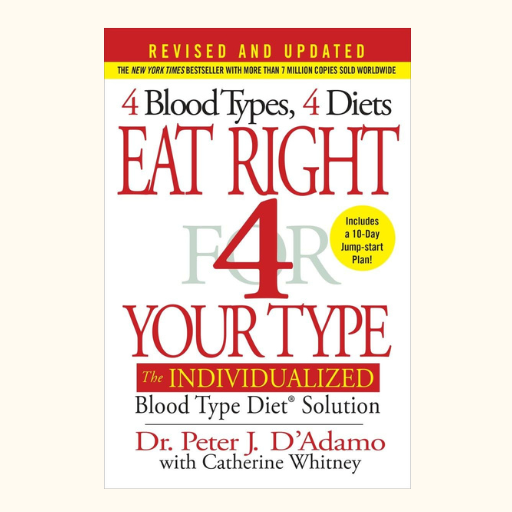
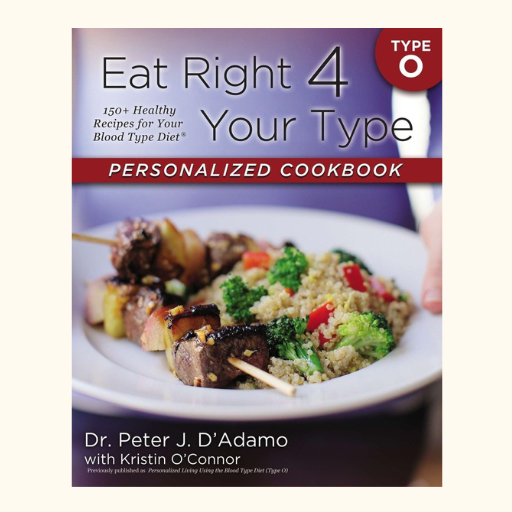
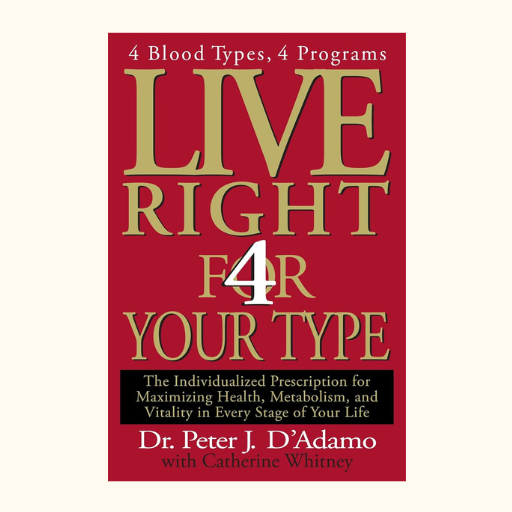
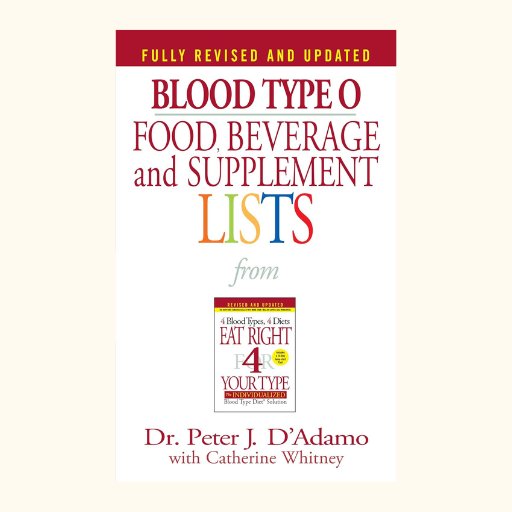
THIS POST CONTAINS AFFILIATE LINKS, SO I MAKE A SMALL COMMISSION AT NO EXTRA COST TO YOU. FOR A FULL PRIVACY POLICY, CLICK HERE.
Final Thoughts
As someone who initially struggled to embrace a meat-centered diet as a Type O, I can say that the Blood Type Diet offers an interesting and insightful approach to nutrition. Although avoiding foods we’ve grown accustomed to may be challenging, understanding the science behind these recommendations helped me make peace with the changes. Admittedly, I don’t follow the Blood Type diet perfectly. However, I have noticed that my minor changes, especially in increasing my protein intake, have improved my satiety and energy. My doctor’s encouragement to “do your best each day” has been invaluable, reminding me that, ultimately, it’s about progress, not perfection.
If you’re considering trying the Blood Type Diet, remember that it’s not about strict adherence daily but finding a balance that works for you. Embracing this diet has deepened my understanding of how my body processes food, and the experience has been both enlightening and beneficial for my health.
Disclaimer: Check with your healthcare provider before starting this or any other diet. Read my privacy policy and disclosure here.
Pin it for later
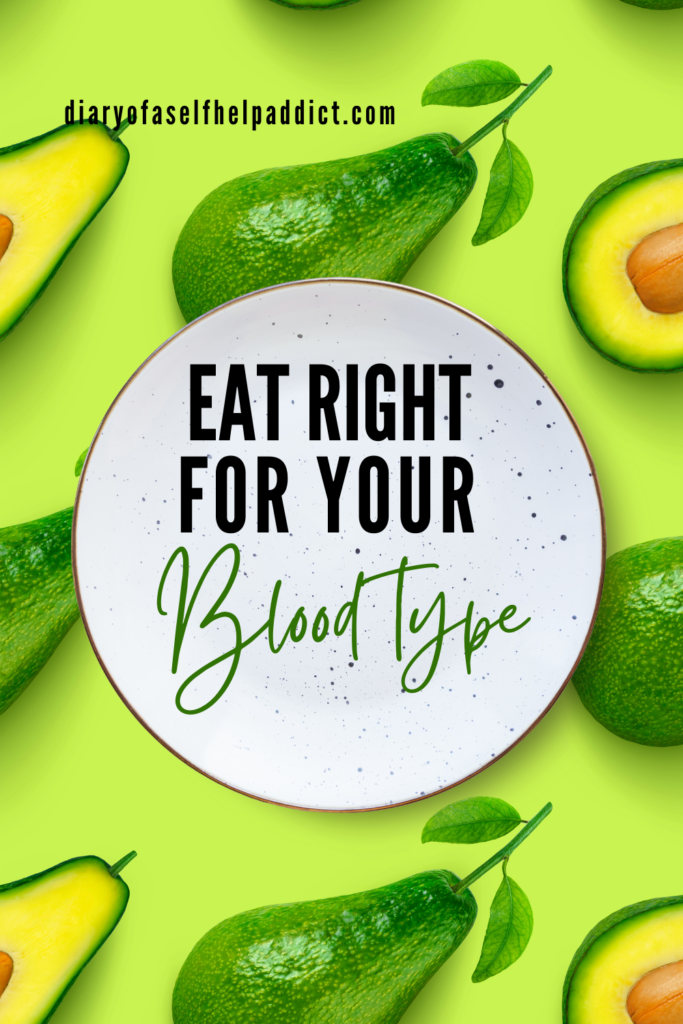
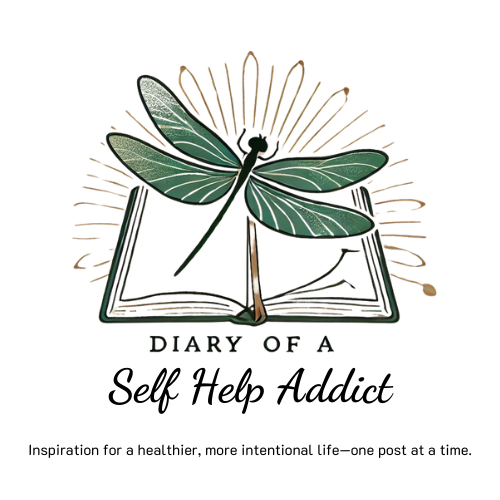
Leave a Reply